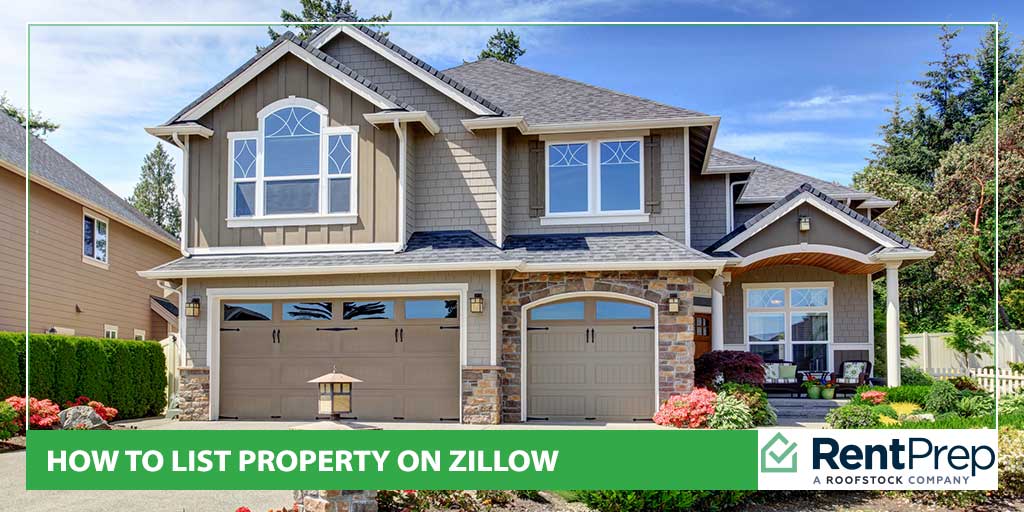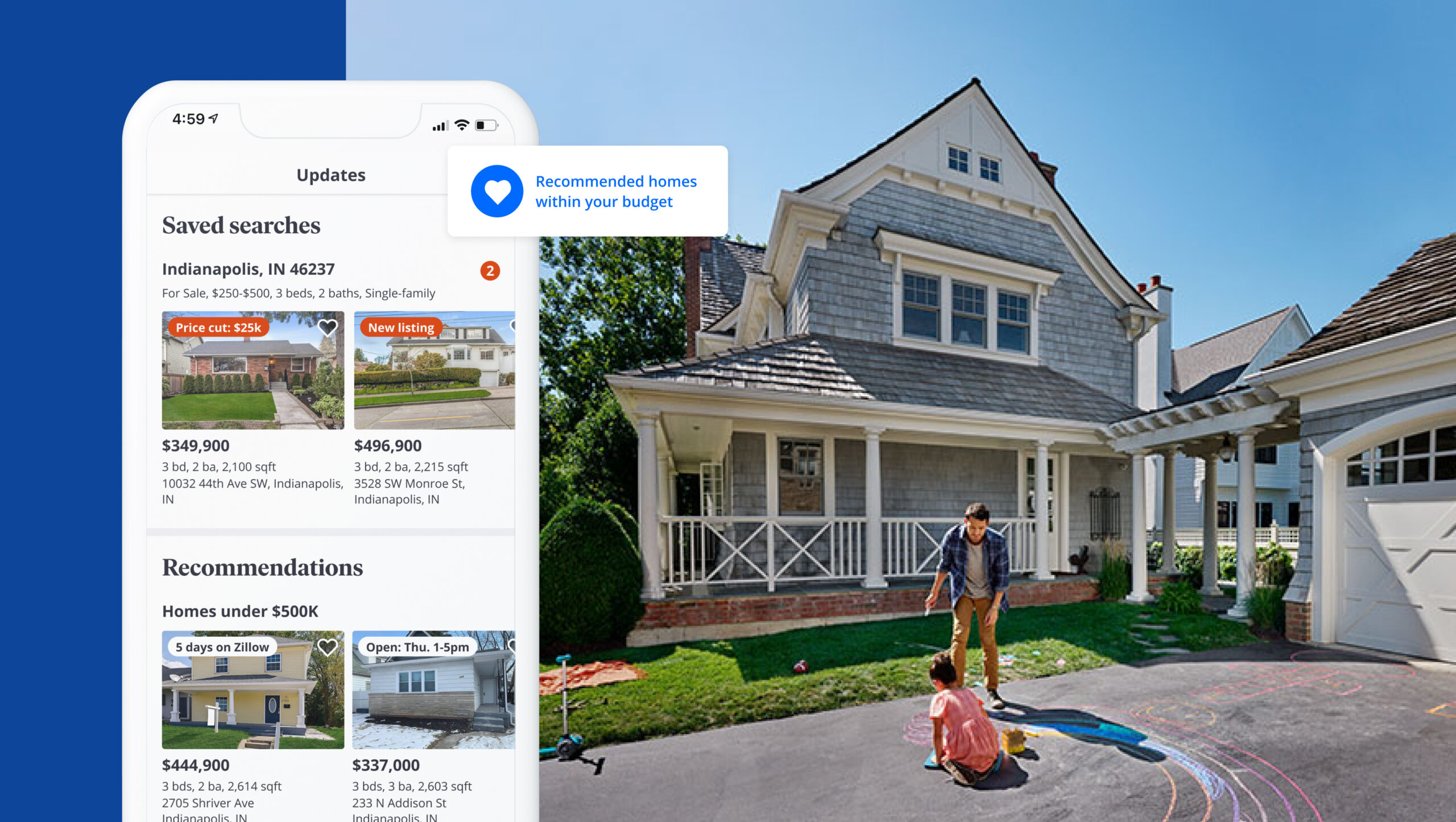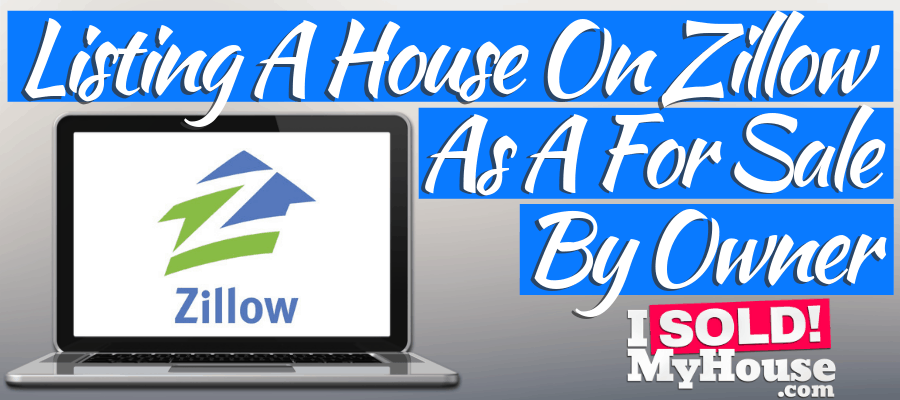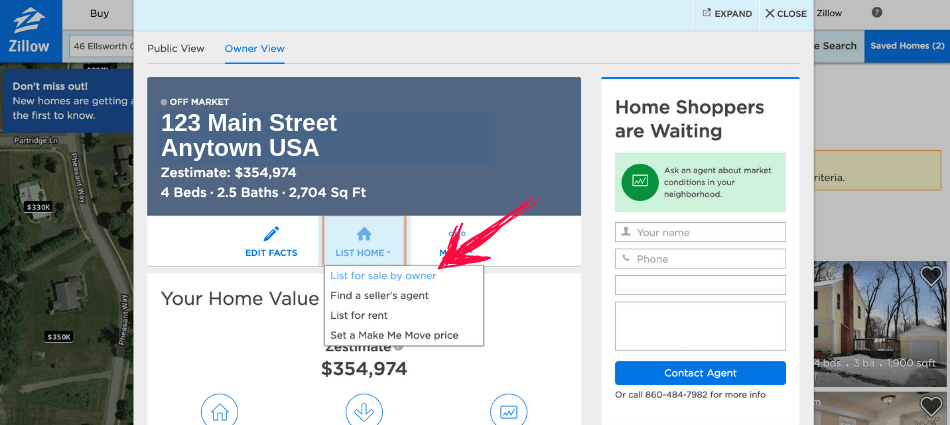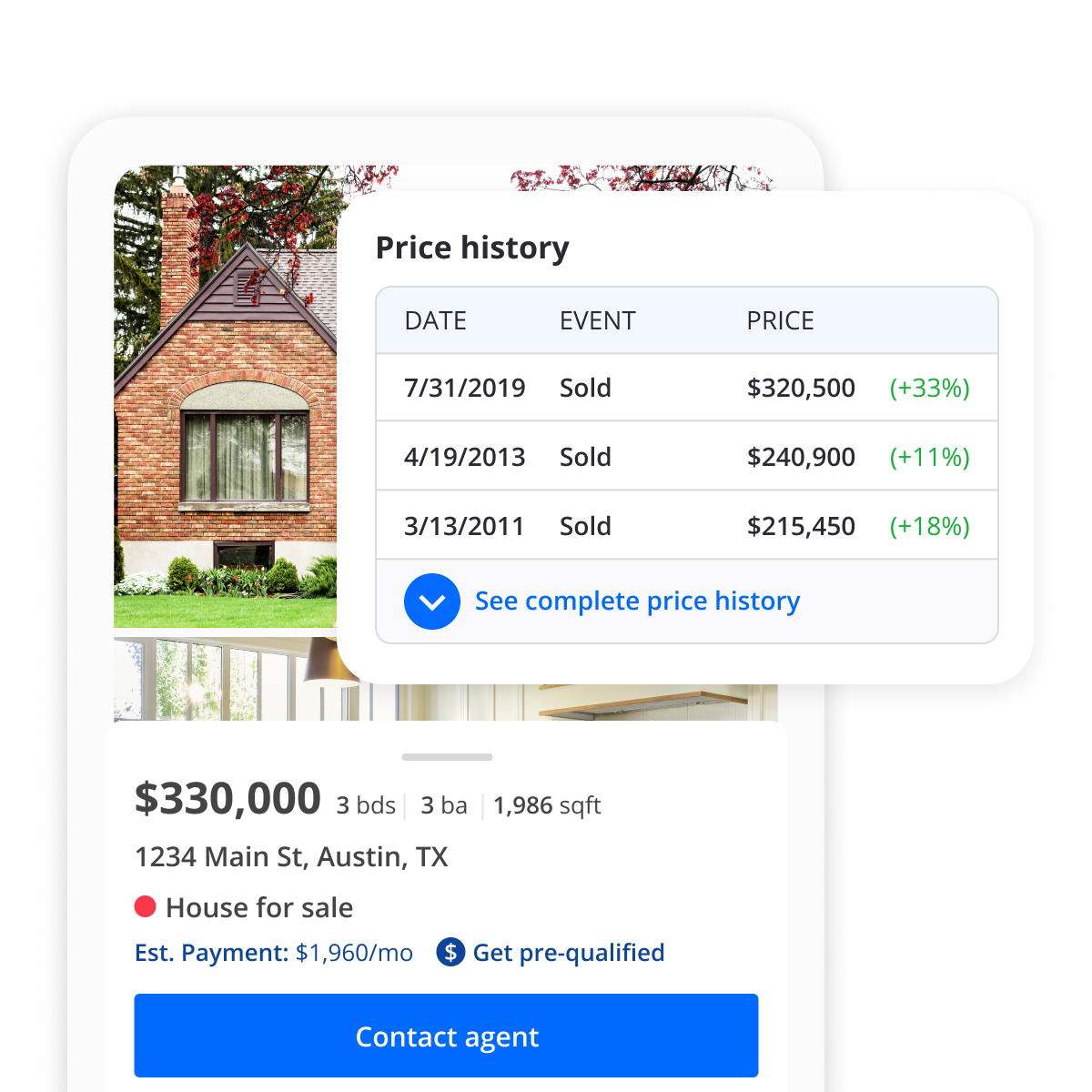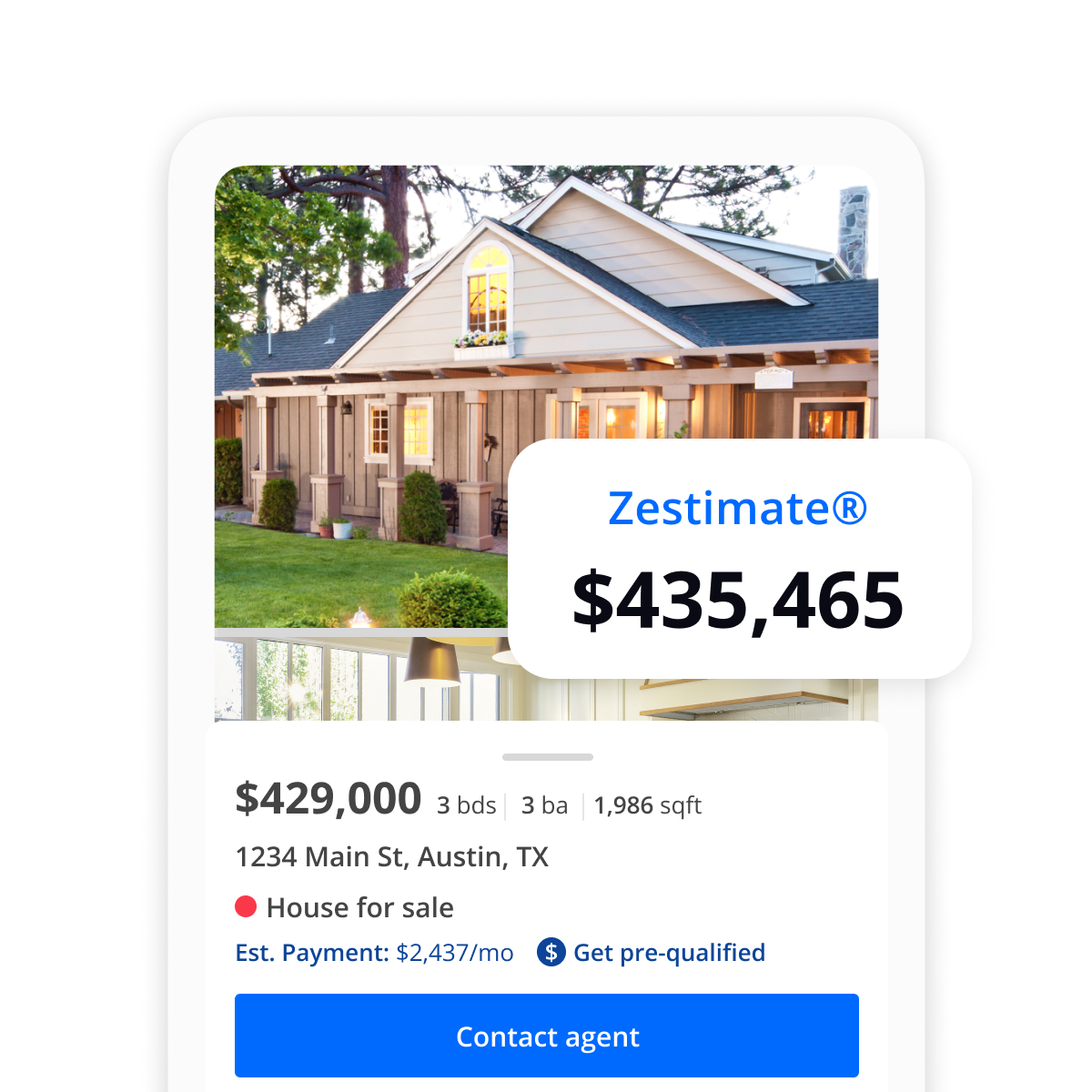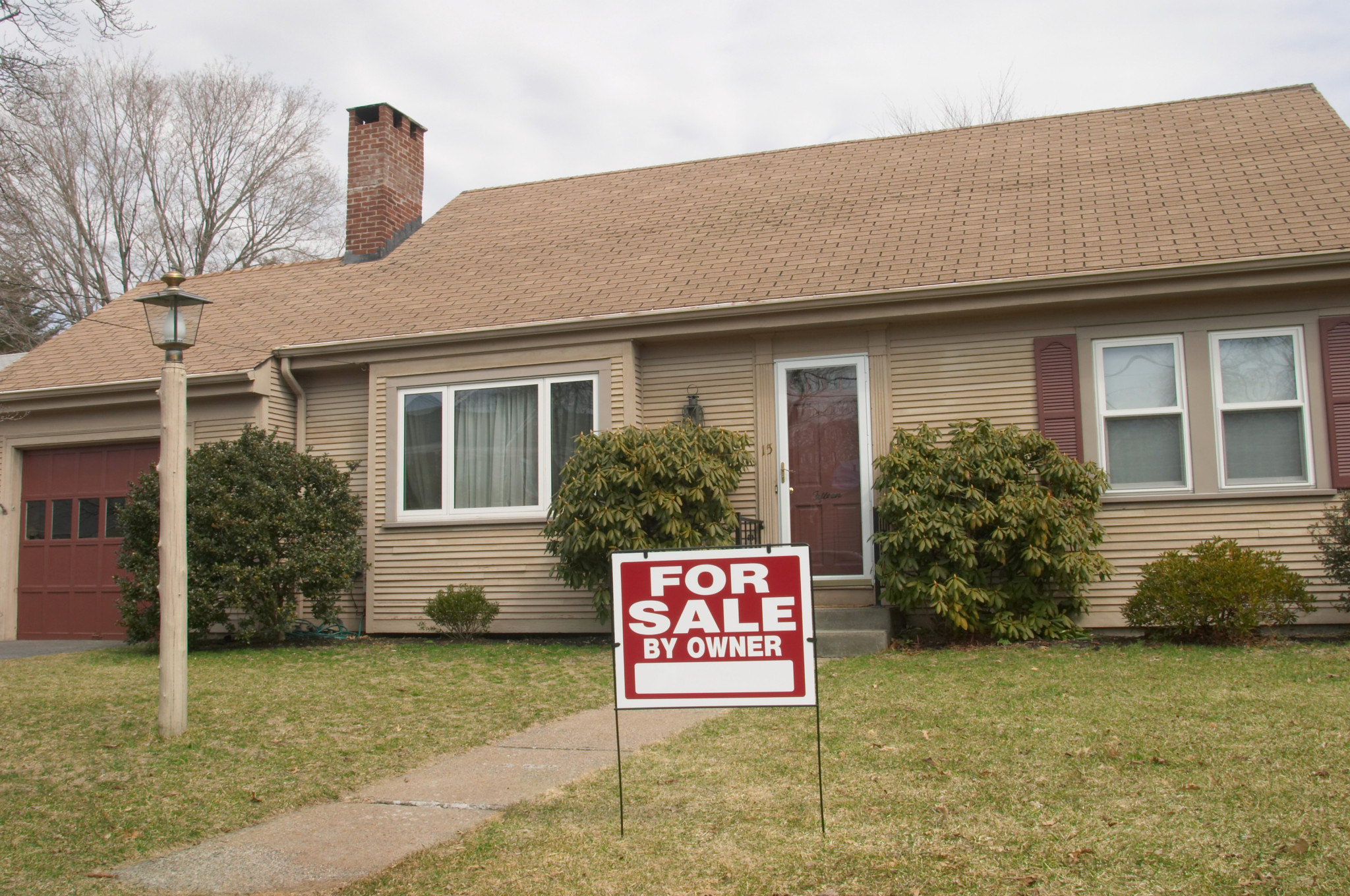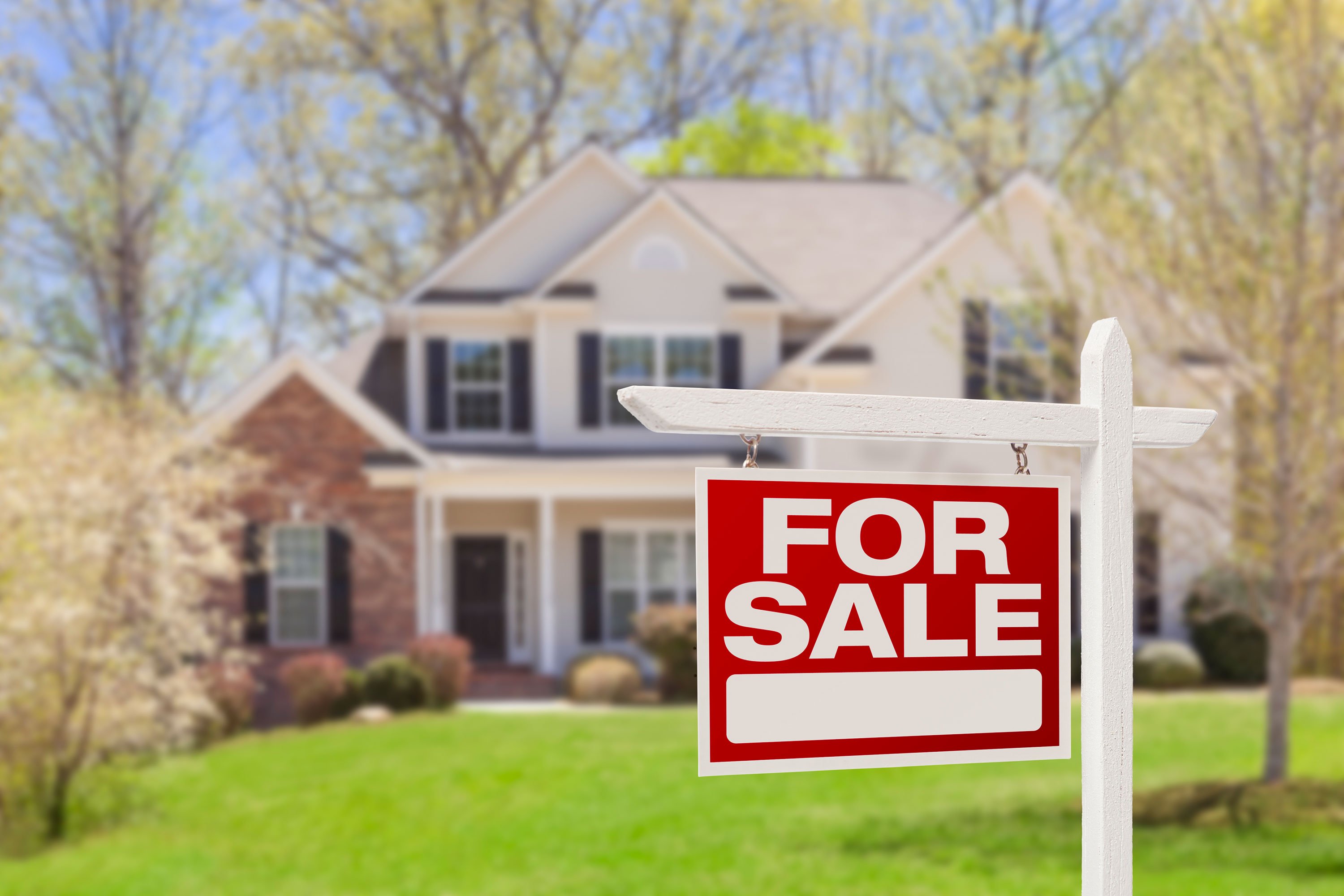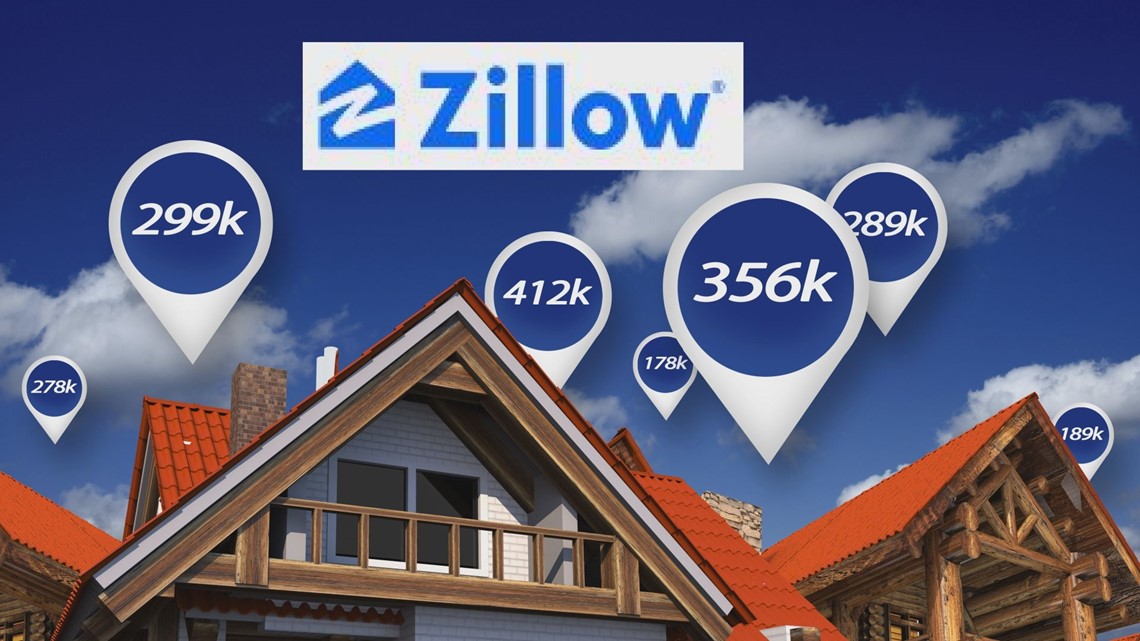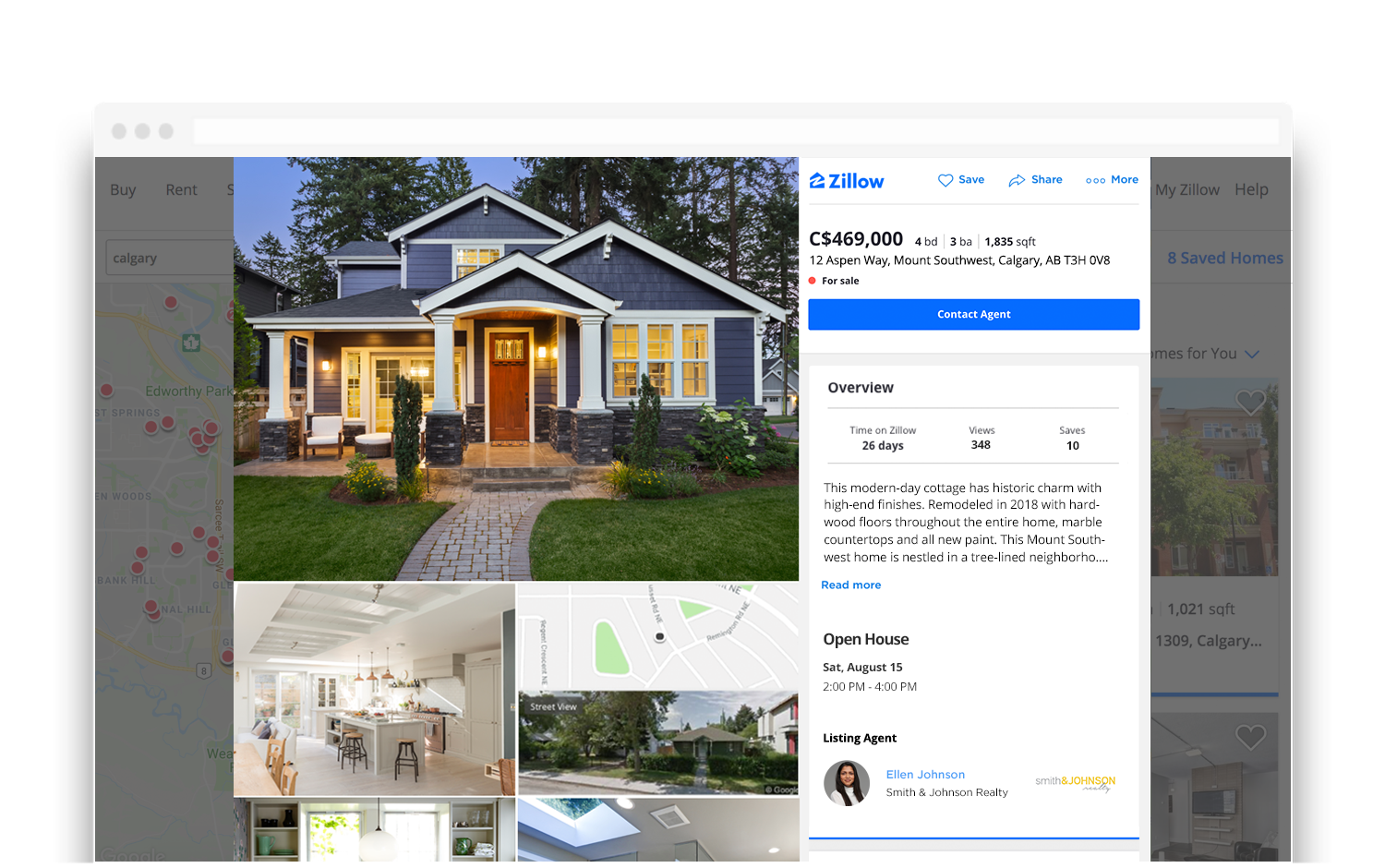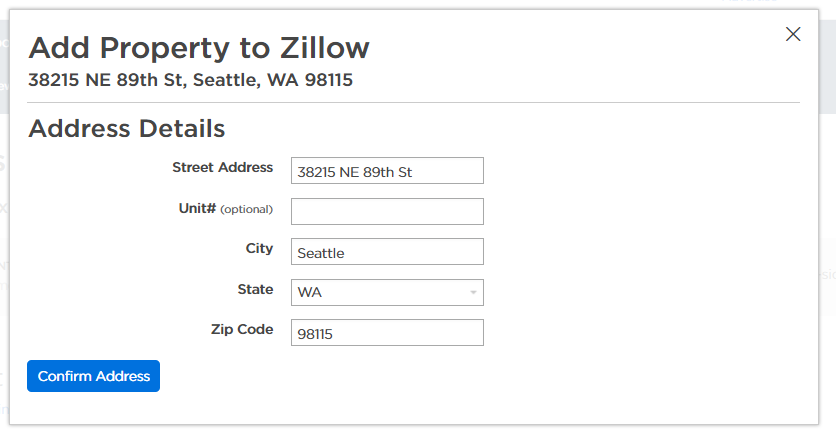How Do I Put My House For Sale On Zillow
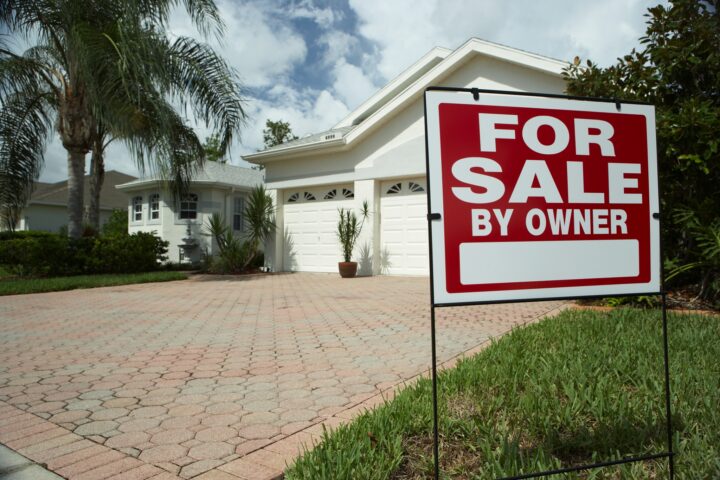
In today's competitive real estate market, maximizing visibility is crucial for a successful home sale. Zillow, one of the most popular real estate platforms, offers homeowners the opportunity to list their properties directly, potentially reaching millions of potential buyers. Understanding the process and navigating the nuances of listing on Zillow can significantly impact the speed and success of a home sale.
For homeowners considering selling their property independently, bypassing traditional real estate agents, Zillow provides a valuable platform. This article will break down the steps involved in listing your house for sale directly on Zillow, outlining the process from initial account setup to managing your listing for optimal exposure. We will explore the different options available and highlight key considerations for a successful listing.
Creating a Zillow Account
The first step is to create a Zillow account. If you already have an account, you can skip this section. Visit the Zillow website or download the Zillow app and click on the "Join" or "Sign Up" button.
You will be prompted to enter your email address, create a password, and provide some basic information. Alternatively, you can sign up using your Google or Facebook account for added convenience. Be sure to verify your email address to activate your account fully.
Claiming Your Home on Zillow
Before listing your home for sale, you need to claim it on Zillow. This verifies that you are the owner of the property and allows you to control the information displayed about it.
Search for your address in the Zillow search bar. Once you find your property, click on it. Look for a button or link that says "Claim this home" or "Is this your home?". Click on it, you will be asked to verify your identity. This usually involves confirming your name and address.
Creating Your "For Sale By Owner" Listing
Now that you've claimed your home, you can create your "For Sale By Owner" (FSBO) listing. Navigate to your claimed home's page and find the option to "Sell". Select the "List as For Sale By Owner" option.
You will be guided through a series of steps to input details about your property. This includes essential information such as the number of bedrooms and bathrooms, square footage, lot size, and year built.
Provide an accurate and detailed description of your property, highlighting its key features and unique selling points. Emphasize aspects that distinguish your home from others in the area. High-quality photos are essential. Upload clear, well-lit images that showcase the interior and exterior of your home. Consider using a professional photographer for the best results. You can also create a virtual tour. A virtual tour enables potential buyers to explore the property remotely, increasing interest and engagement.
Setting the Right Price
Determining the appropriate listing price is crucial for attracting buyers and achieving a successful sale. Research comparable properties in your area that have recently sold. Look at factors such as size, location, condition, and amenities.
Zillow provides a tool called the Zestimate, which offers an estimated market value for your home. However, it's essential to remember that the Zestimate is just an estimate and should not be the sole basis for your pricing decision.
Consider consulting with a real estate appraiser or a real estate agent for a professional market analysis to gain a more accurate understanding of your home's value. An over-priced home can sit on the market for an extended period, while an under-priced home may lead to financial loss.
Managing Your Listing and Responding to Inquiries
Once your listing is live, actively manage it to ensure its effectiveness. Regularly check your listing for accuracy and make any necessary updates. Respond promptly to inquiries from potential buyers. Be professional, courteous, and informative in your communication.
Be prepared to answer questions about your property, the neighborhood, and the selling process. Keep track of all inquiries and follow up with interested parties. Consider offering flexible showing times to accommodate potential buyers' schedules.
Review and analyze the performance of your listing. Track the number of views, saves, and inquiries you receive. Use this data to identify areas for improvement.
Navigating Legal and Financial Considerations
Selling a home involves legal and financial complexities. Even when selling FSBO, it's wise to consult with professionals like real estate attorneys or escrow companies.
They can guide you through the necessary paperwork and ensure compliance with local regulations. Be prepared to handle negotiations, contracts, and closing procedures.
Understand the tax implications of selling your home and consult with a tax advisor. Plan for closing costs, which may include title insurance, escrow fees, and transfer taxes.
The Future of FSBO Listings on Zillow
Zillow continues to evolve its platform and services, offering homeowners increasingly sophisticated tools for selling their properties independently. Monitoring these changes and adapting your strategies accordingly will be essential for maximizing the benefits of listing on Zillow in the future. The company may introduce new features or modify its existing policies, impacting the way FSBO listings are managed and displayed.
By staying informed about Zillow's updates and best practices, homeowners can leverage the platform to reach a wide audience of potential buyers and achieve their real estate goals. The rise of online real estate platforms like Zillow has empowered homeowners to take more control over the selling process, but it also requires careful planning, execution, and a willingness to learn and adapt. The future of real estate transactions will likely see an even greater integration of technology, offering new opportunities and challenges for both buyers and sellers.

